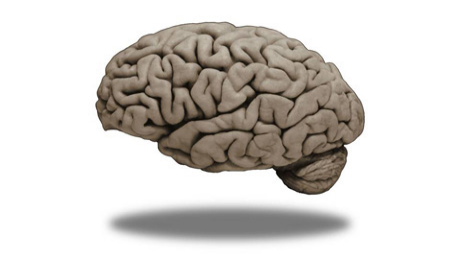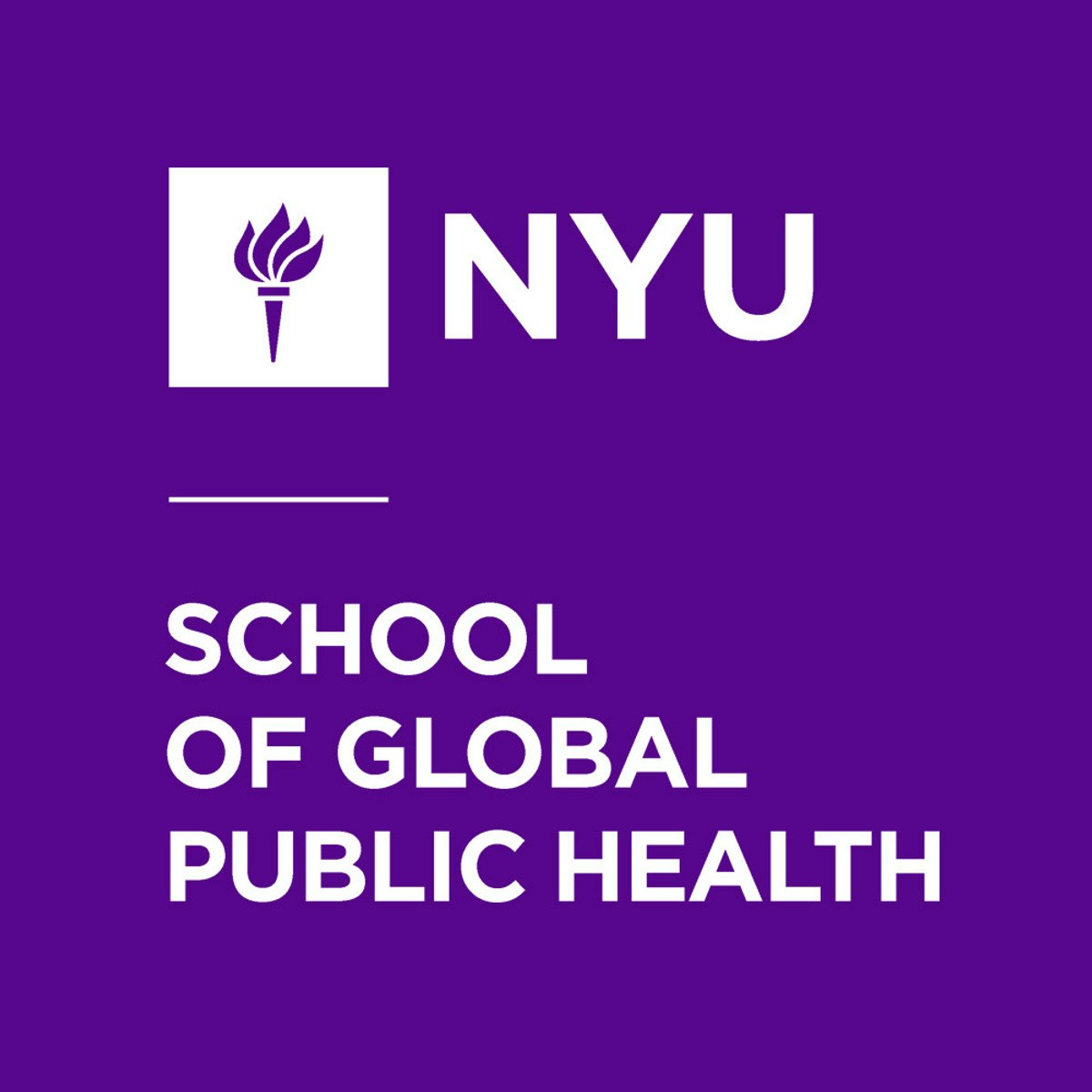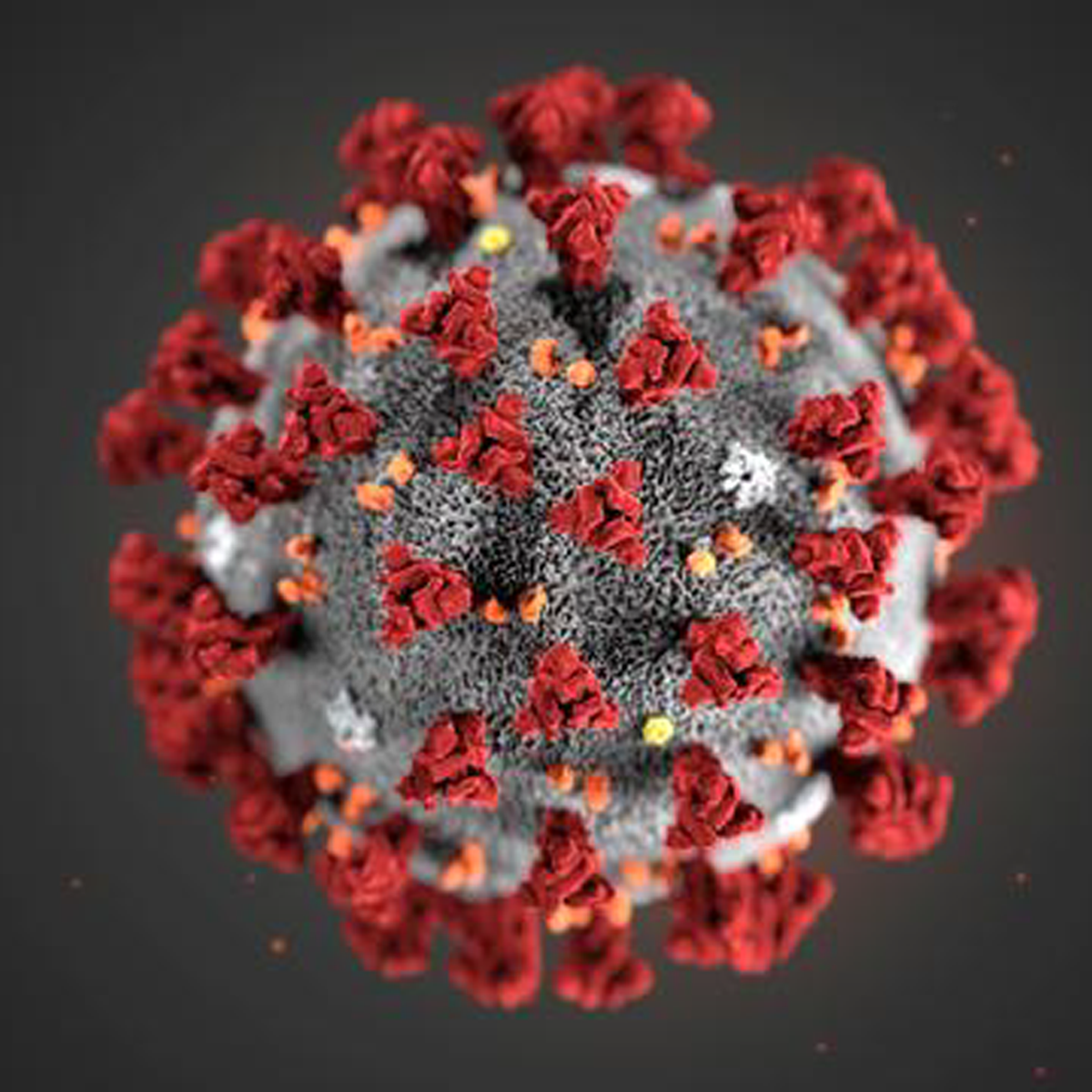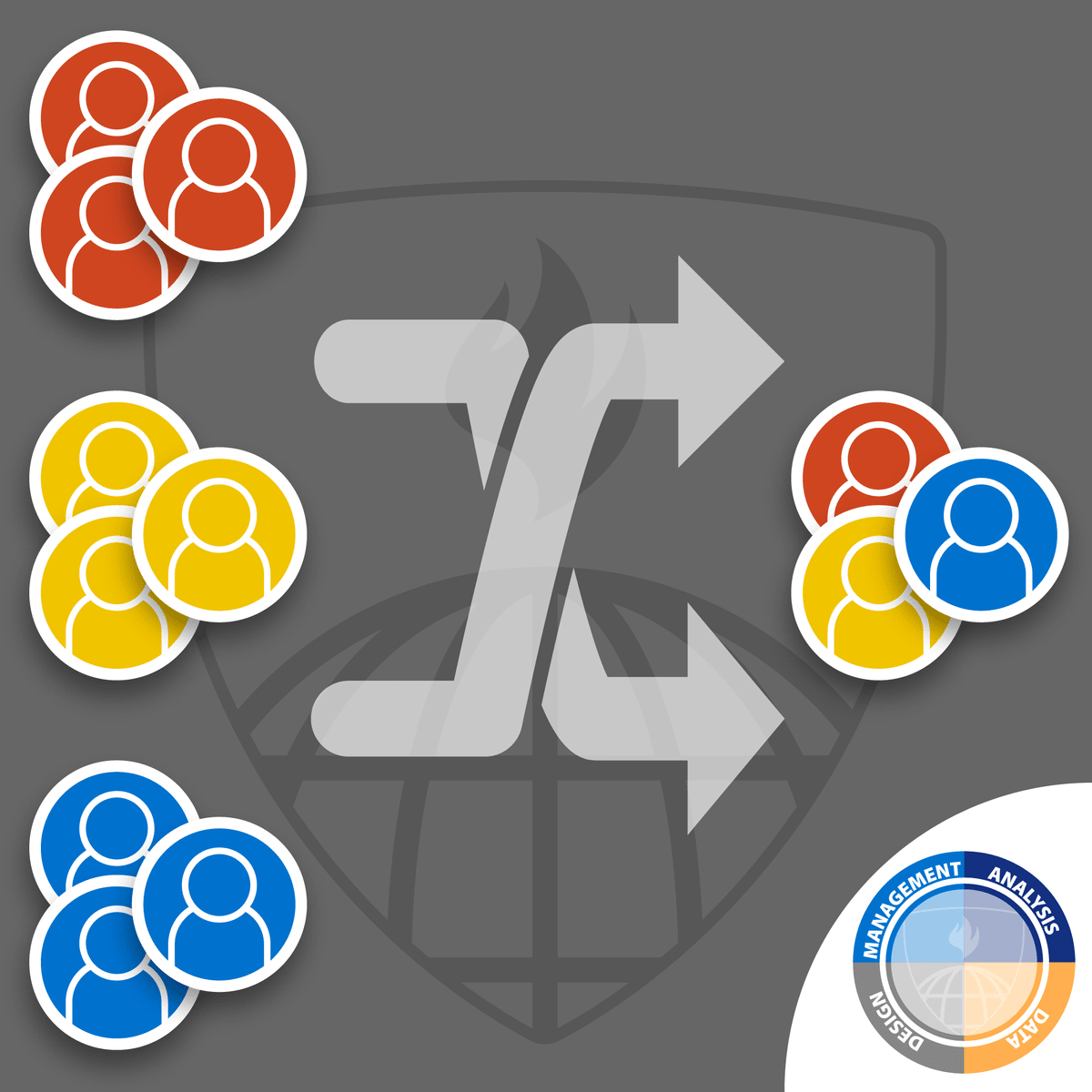Back to Courses









Research Courses - Page 3
Showing results 21-30 of 53

MRI Fundamentals
Welcome! In this course learners will develop expertise in basic magnetic resonance imaging (MRI) physics and principles and gain knowledge of many different data acquisition strategies in MRI. In particular, learners will get to know what is magnetic resonance phenomenon, how magnetic resonance signals are generated, how an image can be formulated using MRI, how soft tissue contrast can change with imaging parameters. Also introduced will be MR imaging sequences of spin echo, gradient echo, fast spin echo, echo planar imaging, inversion recovery, etc.
Medical Neuroscience
Medical Neuroscience explores the functional organization and neurophysiology of the human central nervous system, while providing a neurobiological framework for understanding human behavior. In this course, you will discover the organization of the neural systems in the brain and spinal cord that mediate sensation, motivate bodily action, and integrate sensorimotor signals with memory, emotion and related faculties of cognition. The overall goal of this course is to provide the foundation for understanding the impairments of sensation, action and cognition that accompany injury, disease or dysfunction in the central nervous system. The course will build upon knowledge acquired through prior studies of cell and molecular biology, general physiology and human anatomy, as we focus primarily on the central nervous system.
This online course is designed to include all of the core concepts in neurophysiology and clinical neuroanatomy that would be presented in most first-year neuroscience courses in schools of medicine. However, there are some topics (e.g., biological psychiatry) and several learning experiences (e.g., hands-on brain dissection) that we provide in the corresponding course offered in the Duke University School of Medicine on campus that we are not attempting to reproduce in Medical Neuroscience online. Nevertheless, our aim is to faithfully present in scope and rigor a medical school caliber course experience.
This course comprises six units of content organized into 12 weeks, with an additional week for a comprehensive final exam:
- Unit 1 Neuroanatomy (weeks 1-2). This unit covers the surface anatomy of the human brain, its internal structure, and the overall organization of sensory and motor systems in the brainstem and spinal cord.
- Unit 2 Neural signaling (weeks 3-4). This unit addresses the fundamental mechanisms of neuronal excitability, signal generation and propagation, synaptic transmission, post synaptic mechanisms of signal integration, and neural plasticity.
- Unit 3 Sensory systems (weeks 5-7). Here, you will learn the overall organization and function of the sensory systems that contribute to our sense of self relative to the world around us: somatic sensory systems, proprioception, vision, audition, and balance senses.
- Unit 4 Motor systems (weeks 8-9). In this unit, we will examine the organization and function of the brain and spinal mechanisms that govern bodily movement.
- Unit 5 Brain Development (week 10). Next, we turn our attention to the neurobiological mechanisms for building the nervous system in embryonic development and in early postnatal life; we will also consider how the brain changes across the lifespan.
- Unit 6 Cognition (weeks 11-12). The course concludes with a survey of the association systems of the cerebral hemispheres, with an emphasis on cortical networks that integrate perception, memory and emotion in organizing behavior and planning for the future; we will also consider brain systems for maintaining homeostasis and regulating brain state.

Essential Epidemiologic Tools for Public Health Practice
In order to make a difference in the health and well-being of a population, we must understand the burden of all problems and conditions that affect the population, as well as how well our efforts to mitigate these problems are actually working. This course provides you with some essential skills and tools that will enhance your ability to describe and understand the health of your community. The tools that epidemiologists use are in fact useful for all public health practitioners, including data scientists, program officials, agency leaders, and policymakers. Whether you are deeply enmeshed in your career and looking to augment your skills, or are looking to change career paths into the field of public health, this course will give you some of the practical knowledge and skills that we hope you can apply in your professional endeavors.

Introduction to the Multiphase Optimization Strategy (MOST)
This course is aimed at intervention scientists working in any area--including public health, education, criminal justice, and others—interested in learning about an innovative framework for conducting intervention research. This course will show you how to use the multiphase optimization strategy (MOST) to: streamline interventions by eliminating inactive components; identify the combination of components that offers the greatest effectiveness without exceeding a defined implementation budget; develop interventions for immediate scalability; look inside the “black box” to understand which intervention components work and which do not; and improve interventions programmatically over time. In this course you will relate the MOST framework to your research objectives; learn how MOST differs from the standard approach to intervention development and evaluation; learn how to complete the preparation and optimization phases of MOST; and become familiar with rigorous and highly efficient experimental designs that will enable you to examine the performance of individual intervention components.

Power and Sample Size for Multilevel and Longitudinal Study Designs
Power and Sample Size for Longitudinal and Multilevel Study Designs, a five-week, fully online course covers innovative, research-based power and sample size methods, and software for multilevel and longitudinal studies. The power and sample size methods and software taught in this course can be used for any health-related, or more generally, social science-related (e.g., educational research) application. All examples in the course videos are from real-world studies on behavioral and social science employing multilevel and longitudinal designs. The course philosophy is to focus on the conceptual knowledge to conduct power and sample size methods. The goal of the course is to teach and disseminate methods for accurate sample size choice, and ultimately, the creation of a power/sample size analysis for a relevant research study in your professional context.
Power and sample size selection is one of the most important ethical questions researchers face. Interventional studies that are too large expose human volunteer research participants to possible, and needless, harm from research. Interventional studies that are too small will fail to reach their scientific objective, again bringing possible harm to research participants, without the possibility of concomitant gain from the increase in knowledge. For observational studies in which there are no possible harms to the participants, such as observational studies, proper power ensures good stewardship of both time and money.
Most National Institutes of Health (NIH) study sections will only fund a grant if the grantee has written a compelling and accurate power and sample size analysis. The Institute of Education Sciences (IES), the statistics, research, and evaluation arm of the U.S. Department of Education, also offers competitive grants requiring a compelling and accurate power and sample size analysis (Goal 3: Efficacy and Replication and Goal 4: Effectiveness/Scale-Up).
At the end of the online course, learners will be able to:
• Use a framework and strategy for study planning
• Write study aims as testable hypotheses
• Describe a longitudinal and multilevel study design
• Write a statistical analysis plan
• Plan a sampling design for subgroups, e.g. racial and ethnic
• Demonstrate the feasibility of recruitment
• Describe expected missing data and dropout
• Write a power and sample size analysis that is aligned with the planned statistical analysis
This is a five-week intensive and interactive online course. We will use a mix of instructional videos, software demonstration videos, online readings, quizzes, and exercise assignments. The final course project is a peer-reviewed research study you design for future power or sample size analysis.

Science Matters: Let's Talk About COVID-19
Welcome to ‘Science Matters: Let's Talk about COVID-19’, from the Jameel Institute at Imperial College London.
The outbreak of the Novel Coronavirus Disease (COVID-19) is the most significant public health emergency of the 21st century so far. As the epidemic spreads, people around the world want to understand the science behind the most pressing questions: how many people have been infected? How dangerous is the virus? When will a vaccine be available? How can the epidemic be contained, and the damages mitigated? What is the economic impact? What’s the role of social media and local communities in the epidemic response?
Researchers at the Jameel Institute and other research institutes at Imperial College London have been at the forefront of the response to the COVID-19 emergency, with clinical, epidemiological and social science analyses informing the outbreak response. They are generating robust empirical evidence that governments and international agencies are using around the world to plan their responses.
On this course, you will hear directly from our world-class experts about the theory behind the analyses of COVID-19 and its spread, while learning how to interpret new information using core principles of public health, epidemiology, medicine, health economics, and social science. You will be able to watch regular situation reports about the state of the epidemic, provided by the researchers of J-IDEA and its director Professor Neil Ferguson.
If you want to learn even more about these topics, a number of free MOOCs are available from Imperial College London. We also offer a fully online Global Master of Public Health for those of you who want to delve even deeper and join our professional community.
Please note:
This course was launched in February 2020 and we have continued to develop content as the COVID-19 situation progresses and new insights emerge. While we endeavour to include the most recent information, this is a fast-moving situation and information is constantly changing.
This course is to be used for educational purposes only and is open to all and free of charge.
The information in this course does not constitute clinical or other advice and must not be used for the purposes of providing any clinical or other advice. If you have any health concerns, please refer to your regional health authorities’ guidelines and consult a medical professional.
Please note the views expressed by individuals in the course content do not necessarily reflect those of Imperial College London, the Jameel Institute and any other funding partners.
Imperial College London, the Jameel Institute and any other funding partners shall not be liable, to the maximum extent permitted by law, for any loss suffered or for any other adverse or negative consequence arising directly or indirectly from your reliance on the information contained in this course.

Lymphoedema: Monitoring & Intervention After Breast Cancer
Lymphoedema following breast cancer treatment is a poorly understood and under-researched condition which can significantly impact physical and psychological function, reduce quality of life and result in substantial cost burdens to both patients and the healthcare system.
In these interactive modules we will cover an introduction to lymphoedema, lymphatic physiology and anatomy, assessment and treatment, as well as utilise case studies to understand the prospective surveillance and early intervention model of care in breast cancer rehabilitation.
This course is brought to you by the Australian Lymphoedema Education, Research and Treatment program (ALERT) at Macquarie University, Sydney, Australia.

The exposome: cracking the science about what makes us sick
What are the causes of disease? We know that most diseases result from a combination of genes and environment (nature and nurture). Our genes alone do not determine our fate. For most complex diseases, externalities - environmental factors in the broad sense - are more important. This includes our living and working environments, diet, social support and stress, pollution, and exposure to infectious agents. Exposome research is about discovering the non-genetic drivers of health and disease.
Derived from the term exposure, the Exposome represents the totality of exposures we face throughout our lifetime. It also represents the biological responses that arise from external exposures.
In this course, 7 researchers from Utrecht University and/or the NWO Gravitation programme Exposome-NL will offer their expertise. We will introduce you to the Exposome concept; why it’s important; how we measure the exposome; and the data sciences steps needed to establish associations with health outcomes. This course will conclude with reflections on what is needed to advance this nascent and transformative field of research.
Exposome research requires transdisciplinary approaches. Therefore, this MOOC will be of interest to current and prospective students and researchers in the fields of public health, environmental health, life sciences, clinical medicine, geosciences, humanities, and social and behavioural sciences.
Design and Conduct of Clinical Trials
In this course, you’ll learn how to design and carry out clinical trials. Each design choice has implications for the quality and validity of your results. This course provides you and your team with essential skills to evaluate options, make good design choices, and implement them within your trial. You’ll learn to control for bias, randomize participants, mask treatments and outcomes, identify errors, develop and test hypotheses, and define appropriate outcomes. Finally, a trial without participants is no trial at all, so you’ll learn the guiding principles and develop the essential skills to ethically and conscientiously recruit, obtain consent from, and retain trial participants.

Overcoming Dyslexia
Dyslexia is everywhere, touching so many children and adults, and while science has made extraordinary progress in understanding and clarifying the condition, this incredible powerful knowledge rarely reaches those who most need to know and would greatly benefit from it. Our goal is to change all this with the Coursera you are about to view, produced by Dr. Sally Shaywitz, the Audrey G. Ratner Professor in Learning Development, both the leading scientist studying dyslexia and the most devoted advocate for helping those who are dyslexic.
The course addresses and answers just about all the questions you have: beginning with what is reading and what is dyslexia and sharing with you the most up-to-date 21st century federal definition of dyslexia. If you are dyslexic, you’ll come to learn you are not alone – dyslexia is very common affecting one out of five, that is, 20% of the population, including both boys and girls all over the world. The course addresses a major question we hear from so many parents and teachers– how do I know if my child may be dyslexic? What signs or symptoms should I be on the lookout for? And here’s another very important question we hear from so many parents and educators who are eager to do the best for their child – when should screening for dyslexia begin? What is the best method? What should I look for or ask about?
A major source of worry for parents is their child’s slow reading- they ask will this prevent a happy future for the child. Yes, dyslexics are slow readers and here, in Coursera, you will come to understand the brain’s role in dyslexia, including slow reading. Great news to share – you will also be so delighted to learn that surrounding a dyslexic’s slow reading is a phenomenal powerful sea of strengths in big picture thinking and reasoning. Dyslexia is a true paradox: dyslexics may be slow readers but at the same time are incredibly fast thinkers!
You can be assured, if you care about a child or someone who is dyslexic and have questions or concerns, you will find it addressed here in this course: everything important to know about and help you select the most effective interventions for a dyslexic child; how to go about choosing the best school, including potentially one that is specialized, for such a child, including what is most important to look for when visiting a potential school; the role of accommodations and how to select the best one; and common co-occurring conditions like ADHD and anxiety – their impact, how to recognize and treat. In the following lessons you will meet wonderful, incredibly insightful and highly successful dyslexics – including governors, cardiac surgeons, nationally renowned attorneys, basketball coaches, economists and dyslexic children and their wonderful families who will share their experiences and advice. Enjoy!
Popular Internships and Jobs by Categories
Find Jobs & Internships
Browse
© 2024 BoostGrad | All rights reserved